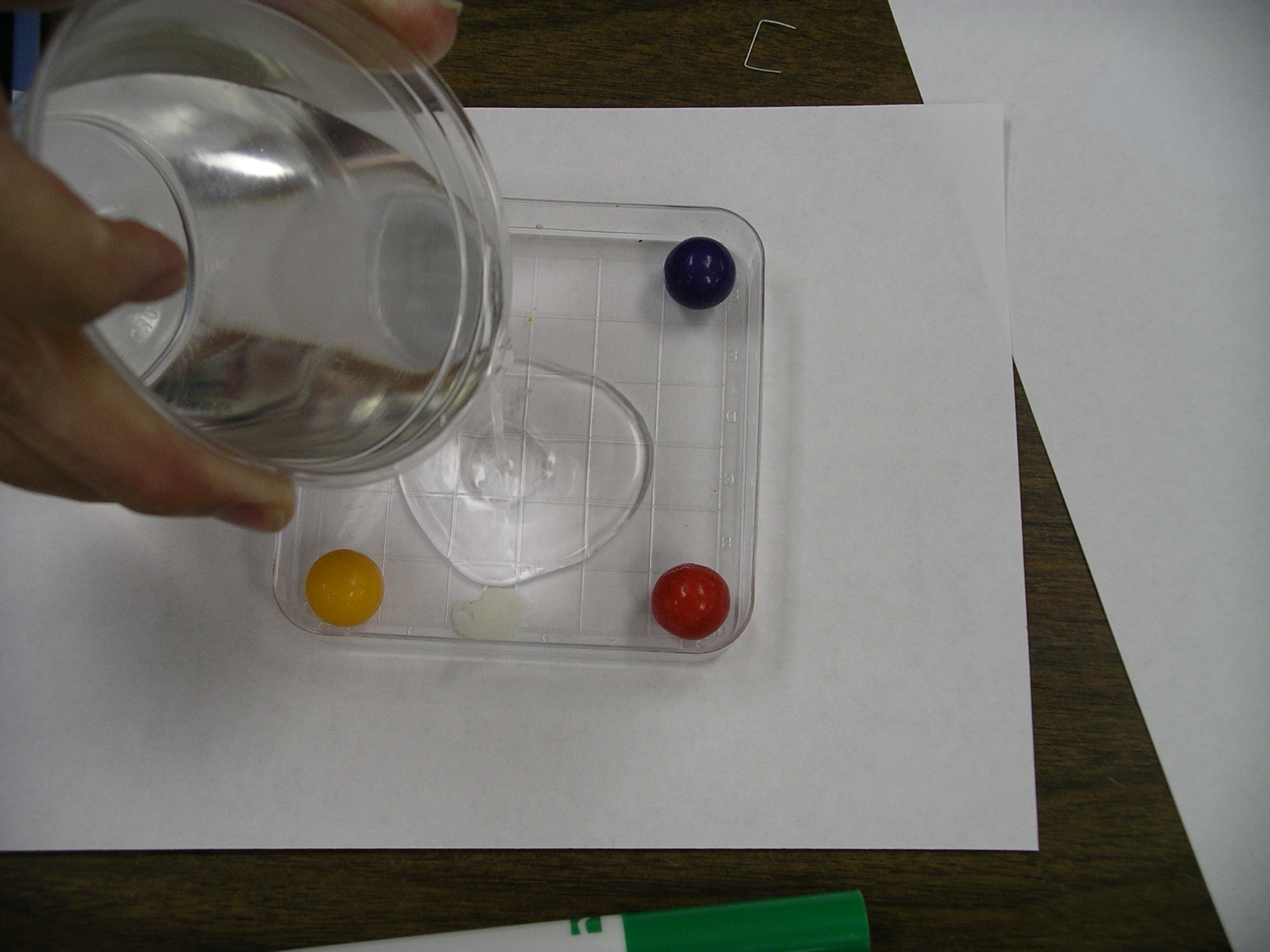Grade: 4
Subject: Science
Topic: Introduction to Inquiry & Science
Description: Students will conduct a gumball lab while making observations and recording them in their Science Notebook.
TEKS: Science Content TEKS/SEs: 4.5 Matter and energy. The student knows that matter has measurable physical properties and those properties determine how matter is classified, changed, and used. The student is expected to: 4.5A Measure, compare, and contrast physical properties of matter, including size,mass, volume, states (solid, liquid, gas), temperature,magnetism, and the ability to sink or float. 4.5B Predict the changes caused by heating and cooling such as ice becoming liquid water and condensation forming on the outside of a glass of ice water. 4.5C Compare and contrast a variety of mixtures and solutions such as rocks in sand,sand in water, or sugar in water.
Science Process TEKS/SEs: 4.1 Scientific investigation and reasoning. The student conducts classroom and outdoor investigations, following home and school safety procedures and environmentally appropriate and ethical practices. The student is expected to: 4.1A Demonstrate safe practices and the use of safety equipment as described in the Texas Safety Standards during classroom and outdoor investigations, including observing a schoolyard habitat. 4.3 Scientific investigation and reasoning. The student uses critical thinking and scientific problem solving to make informed decisions. The student is expected to: 4.3B draw inferences and evaluate accuracy of services and product claims found in advertisements and labels such as for toys, food, and sunscreen. 4.4 Scientific investigation and reasoning. The student knows how to use a variety of tools, materials, equipment, and models to conduct science inquiry. The student is expected to: 4.4B Use safety equipment as appropriate, including safety goggles and gloves.
Technology TA TEKS/SEs: 4.3(B) collect and organize information from a variety of formats, including text, audio, video, and graphics 4.4 Critical thinking, problem solving, and decision making. The student applies critical thinking skills to solve problems, guide research, and evaluate projects using digital tools and resources. The student is expected to: (A) identify information regarding a problem and explain the steps toward the solution; (B) collect, analyze, and represent data to solve problems using tools such as word processing, databases, spreadsheets, graphic organizers, charts, multimedia, simulations, models, and programming languages; (C) evaluate student-created products through self and peer review for relevance to the assignment or task
4 C’s: Critical Thinking, Communication
Resources: Lesson Plan, Science Notebook Template
Device Type: iPad, Chromebook, Laptop, Samsung Tablet
Suggested Apps: Google Slides, Camera

